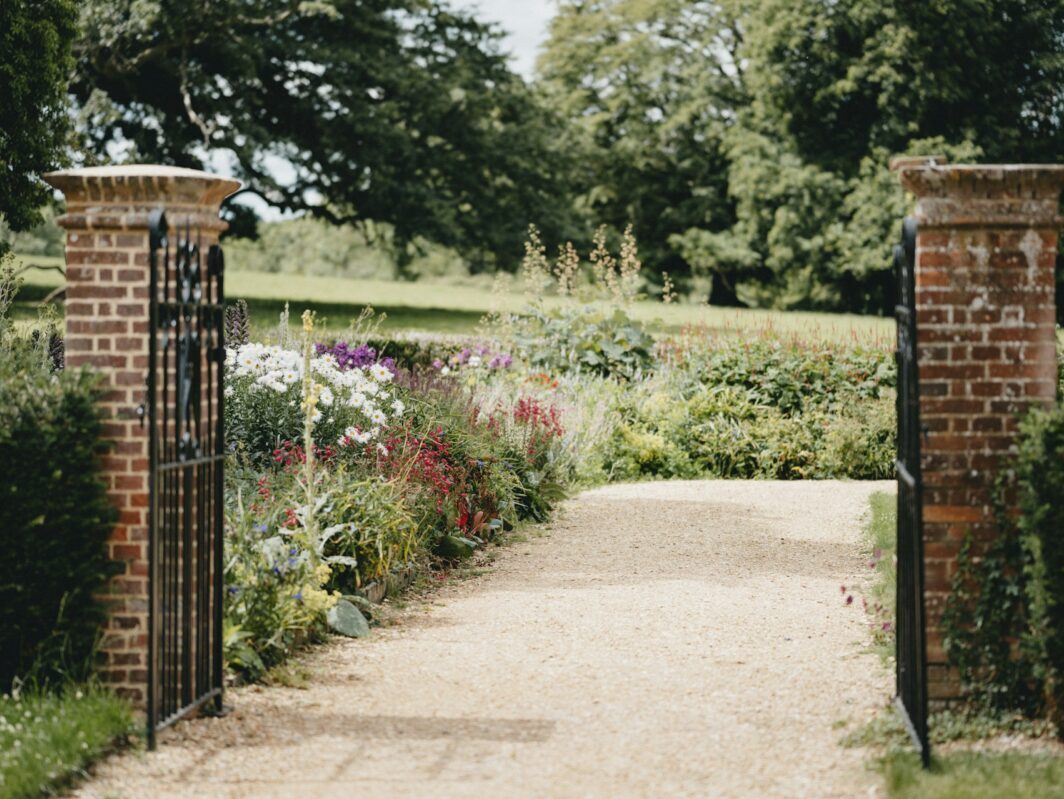As the snow melts and Denver awakens from its winter slumber, spring paints the Mile High City with vibrant possibilities. For newcomers settling in Denver, spring presents the perfect opportunity to cultivate a thriving lawn and landscape. Not only will this boost your curb appeal, but it can also be a rewarding way to connect with your new environment.
Preparation is key.
Here are some essential steps to take before diving into lawn maintenance and landscaping:
Know your climate: Denver’s unique climate, characterized by dry air and fluctuating temperatures, requires specific approaches. Research suitable grass types like Kentucky Bluegrass or Buffalograss, which are adapted to the region’s specificities.
Soil testing: Understanding your soil’s composition is crucial for effective fertilization. A simple soil test kit, readily available at local garden centers, can reveal your soil’s pH level and nutrient content, guiding you towards the right fertilizers and amendments.
Plan your landscape upgrade: Sketch out a rough design or browse online inspiration for landscaping ideas that suit your taste and budget. Consider incorporating native plants like Columbines or Yarrow, which thrive in Denver’s climate and require minimal maintenance.
Springtime lawn maintenance:
Rake deeply: Remove winter debris accumulated on your lawn to allow air, water, and nutrients to reach the roots.
Skip dethatching and aeration: Denver’s clay-rich soil generally doesn’t require dethatching, and aeration may be more suitable for fall. Consult local experts for specific recommendations.
Start mowing high: Begin with a higher blade setting (around 3 inches) to allow your grass to establish healthy roots and adapt to the increasing sunlight.
Fertilize cautiously: Denver’s ordinances restrict fertilizer use during certain times of the year. Research and adhere to local regulations, opting for slow-release fertilizers when permissible.
Landscaping for an upgraded look:
Plant strategically: Choose plants that thrive in full sun and xeriscaping (water-conserving landscaping) techniques due to Denver’s arid climate.
Mulch effectively: Apply a layer of organic mulch around trees, shrubs, and flower beds to retain moisture, suppress weeds, and moderate soil temperature.
Embrace rock features: Utilize rocks in your landscaping design to add visual interest, improve drainage, and reduce water needs. This aligns with the natural beauty of the surrounding landscape.
Remember: Consistency is key to maintaining a healthy lawn and vibrant landscape. By following these tips and incorporating regular maintenance practices within Denver’s specific regulations, you’ll be well on your way to achieving a flourishing outdoor space that reflects your personal style and adds value to your Denver property.
Additional tips:
Water deeply and infrequently to encourage deep root growth and conserve water.
Become familiar with common lawn pests and diseases in the Denver area and take necessary preventive measures.
Seek guidance from local nurseries or gardening experts for personalized advice and recommendations specific to your lawn and landscape needs.
Embrace these practices and not only will your outdoor space flourish, but you’ll also gain valuable knowledge and satisfaction from witnessing your Denver landscape thrive throughout the spring and summer seasons.




